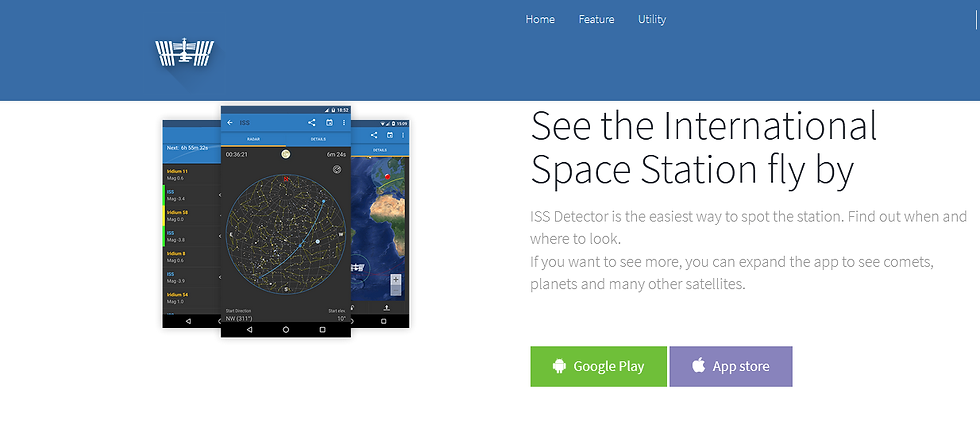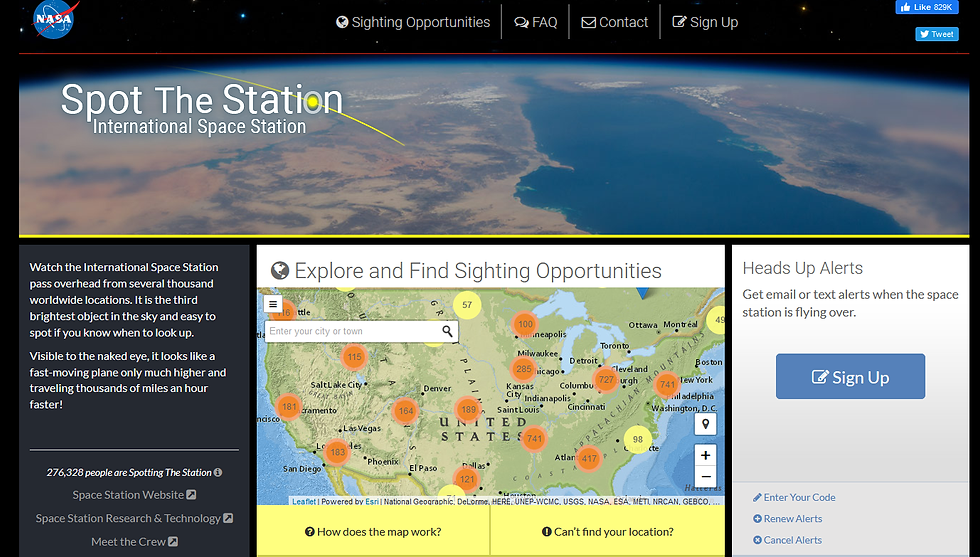Software Defined Radio (SDR) for Hackers, Part 4: Intercepting International Space Station Signals
- otw
- Jul 15, 2021
- 3 min read
Updated: Jul 16, 2021
Welcome back, my aspiring RF hackers!
In this series, we are exploring how we can use a simple and inexpensive rtl-sdr dongle, in conjunction with our computer and software, to listen, intercept, decode and decrypt various radio frequency signals. These include such things as cellphones, pagers, garage door openers, remotes, automobile remote door openers, police and military radio, and many more of the multitude of everyday items that operate with radio signals. SDR opens up a brave new world of cybersecurity with national security, espionage, and cyber war implications.

In this tutorial we will intercept the International Space Station (ISS) transmissions. To intercept these communications, you will need the following;
a simple and inexpensive rtl-sdr dongle
a computer
HDSDR software
an application to determine when the ISS is overhead at your location
software to decode the signal
The International Space Station is large artificial satellite orbiting the earth as a environment research laboratory. It is jointly owned and operated by the US, Russia, Japan, Europe and Canada. It is one of the few, truly international efforts and a beacon of peaceful cooperation to the world. The ISS runs an amateur radio service under the Amateur Radio on International Space Station or ARISS. This service enables you to communicate with amateur radio astronauts and receive slow scan television (SSTV) signals. These slow scan television signals often include live feeds of the astronauts aboard the space station
The International Space Station transmits at 145.800MHZ
Step #1: Determining When the Space Station is Overhead
I think it goes without saying (maybe not?) but the ISS must be overhead your location to receive their transmissions. To find when the International Space Station will be over your location, you can go to www.issdetector.com .

Find your location and click on it.

When you click on your location, it will provide you the details of when and how long the International Space Station will be overhead. Note that the window for listening is relatively small, so make certain you prepare ahead of time.

Step #2: ISS Decoding Tools
Next, we need to download the tools to decode the signal. The first is available at hamsoft.ca. Download mmsstv.php.
https://hamsoft.ca/pages/mmsstv.php

Now, install mmsstv. Simply follow the wizard

This is what MMSSTV looks like when you open it. Ignore the window asking for your call sign and click OK.

Now, tune your HDSDR to 145.800Mhz and press Start.

Now, you are ready to listen to the ISS transmissions when they pass overhead! When the ISS passes overhead, you will begin to hear pops and whistles as the signal comes in and then a picture will appear within the MMSSTV app of the ISS.
As you can see below, a picture of two of the astronauts working was recently (June 23, 2021) captured from the broadcast from the ISS.

Summary
Our world is full of a multitude of radio transmissions that include everything from the mundane remote light switch to satellite transmissions. In this series, we are exploring the many ways we can receive and intercept such signals and eventually, transmit and hack these signals (this will require a more expensive SDR transceiver, but we'll get to that later in this series).
The advent of the inexpensive software defined radio opens a brave new world of information security issues that the hacker/pentester should be aware of. In addition, SDR security issues have implications for national security, espionage and cyber war. Cybersecurity pro's overlook this field at their own and their institutions' peril.


